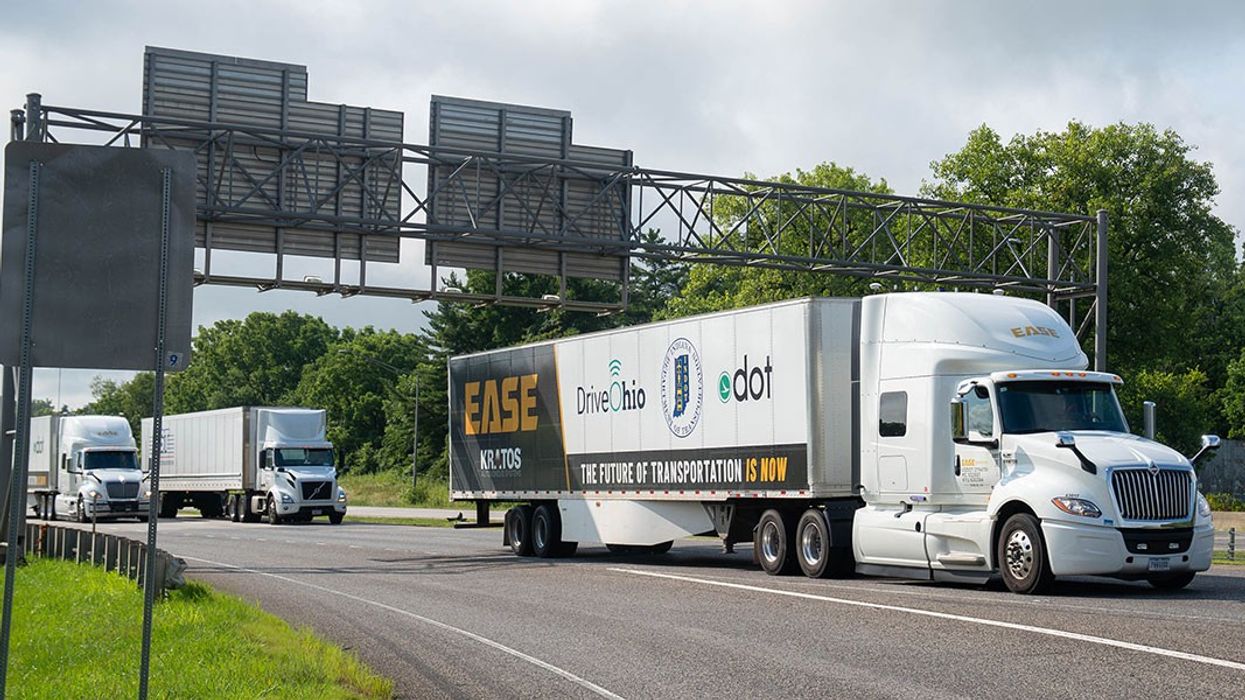Explaining a ‘lockout’ to children can be a challenging task, especially when you want to ensure they understand the seriousness of the situation without causing anxiety. A ‘lockout’ is a safety measure used to keep everyone inside safe from potential dangers outside. It’s important for kids to know what a lockout means and how to respond calmly and confidently.
Children are naturally curious, and when they hear the word ‘lockout,’ they might have a lot of questions. Its crucial to address these questions in a way that is both informative and reassuring.

Understanding the Concept of a Lockout
A ‘lockout’ is a precautionary action taken by schools or homes to protect those inside from external threats. Unlike a ‘lockdown,’ where doors are locked and students must remain silent and out of sight, a lockout allows normal activities to continue indoors, but entry and exit are restricted.
Key Differences Between Lockout and Lockdown
Understanding the difference between a lockout and a lockdown is essential. In a lockout, the threat is outside, and everyone inside can continue their activities. A lockdown, however, indicates a more immediate threat, requiring everyone to hide and stay silent.
Why Lockouts Happen
Lockouts are typically implemented when there is a potential threat nearby, such as a suspicious person or an event happening outside that requires caution. Schools and homes use lockouts to ensure that everyone remains safe while authorities handle the situation.
Explaining a Lockout to Kids
Use Simple Language
When explaining a lockout to kids, use simple and clear language. Avoid using technical terms or overly complicated explanations that might confuse them.
Provide Reassurance
Let your child know that a lockout is a precautionary measure. Reassure them that they are safe and that the adults are in control of the situation.
Answer Their Questions
Children may have questions about what a lockout means and why it is happening. Answer their questions honestly but in a way that does not increase their fear or anxiety.
Activities to Teach Kids About Lockouts
Role-Playing Scenarios
Use role-playing activities to help children understand what to do during a lockout. This can make the concept more relatable and less intimidating.
Storytelling
Tell stories that incorporate the idea of a lockout. This can help children see it as part of a narrative, making it easier for them to understand and remember.
Educational Videos
There are many educational videos available that explain lockouts in a child-friendly manner. These videos can be a useful tool for parents and educators.
Safety Measures During a Lockout
Staying Calm
Teach children the importance of staying calm during a lockout. Panic can make the situation more difficult for everyone involved.
Listening to Instructions
Ensure that children know to listen carefully to the instructions given by teachers or parents during a lockout. Following directions is crucial for their safety.
Being Aware
Encourage children to be aware of their surroundings and to report anything unusual to an adult. Awareness is a key component of safety.

Frequently Asked Questions
What should I do if my child is scared of lockouts?
If your child is scared of lockouts, provide reassurance and comfort. Explain that lockouts are meant to keep them safe and that there are adults who know how to handle the situation.
How often do lockouts occur?
Lockouts are not very common, but they are used when necessary to ensure safety. Schools and communities practice drills to prepare for such situations.
How can I prepare my child for a lockout?
Prepare your child by discussing what a lockout is, practicing safety drills, and encouraging them to stay calm and listen to instructions. Resources like this guide can provide additional tips on dealing with lockouts.
For more information on how to create a lockout emergency plan, you can visit this resource.
By discussing and preparing for lockouts in a calm and informative manner, you can help your child feel more secure and confident in the event of a lockout.
This article contains affiliate links. We may earn a commission at no extra cost to you.






